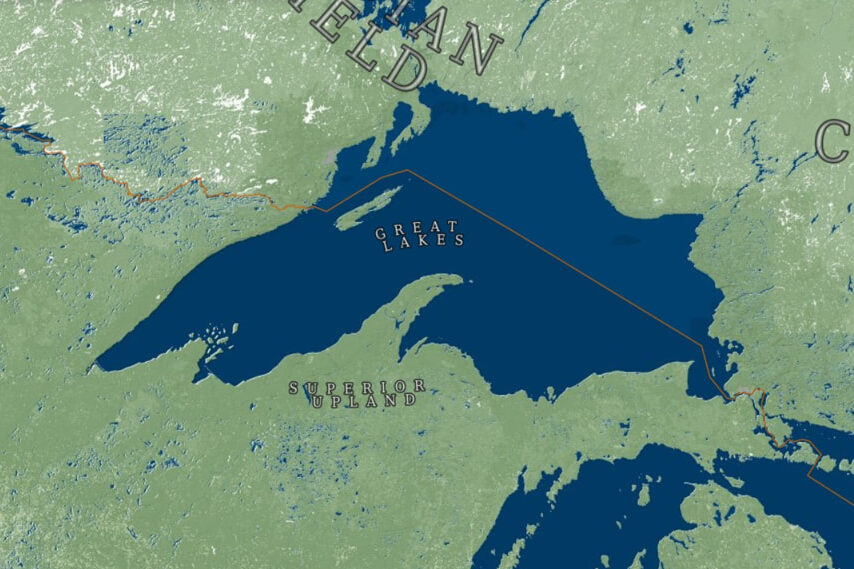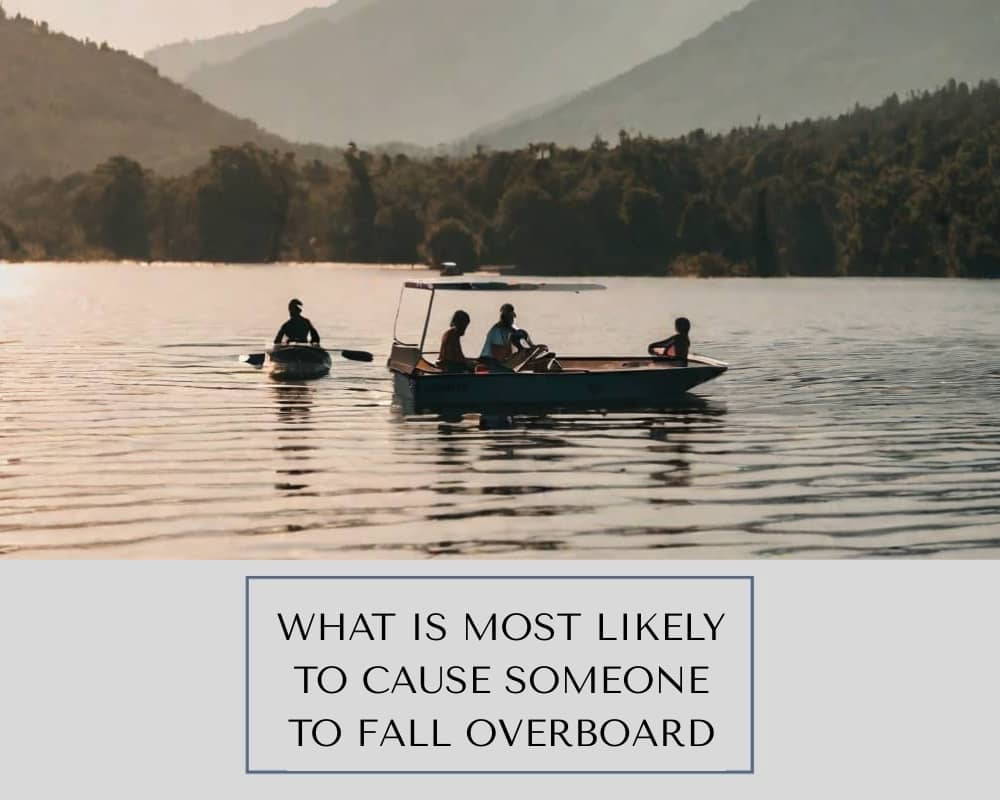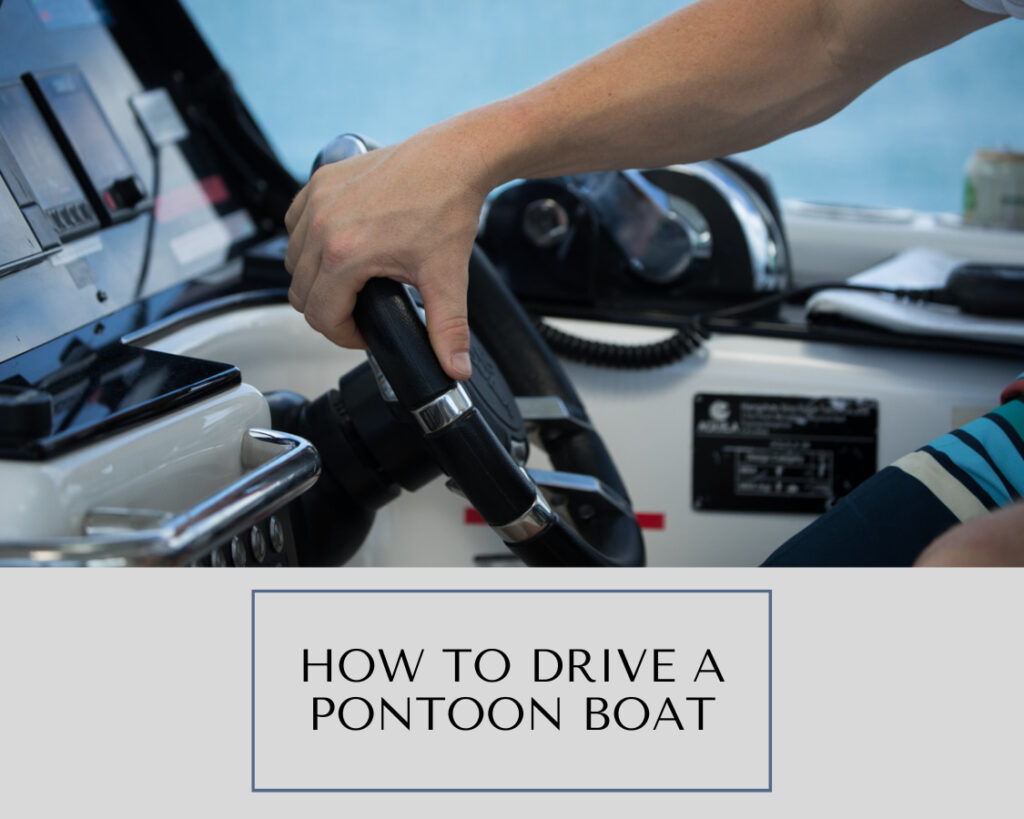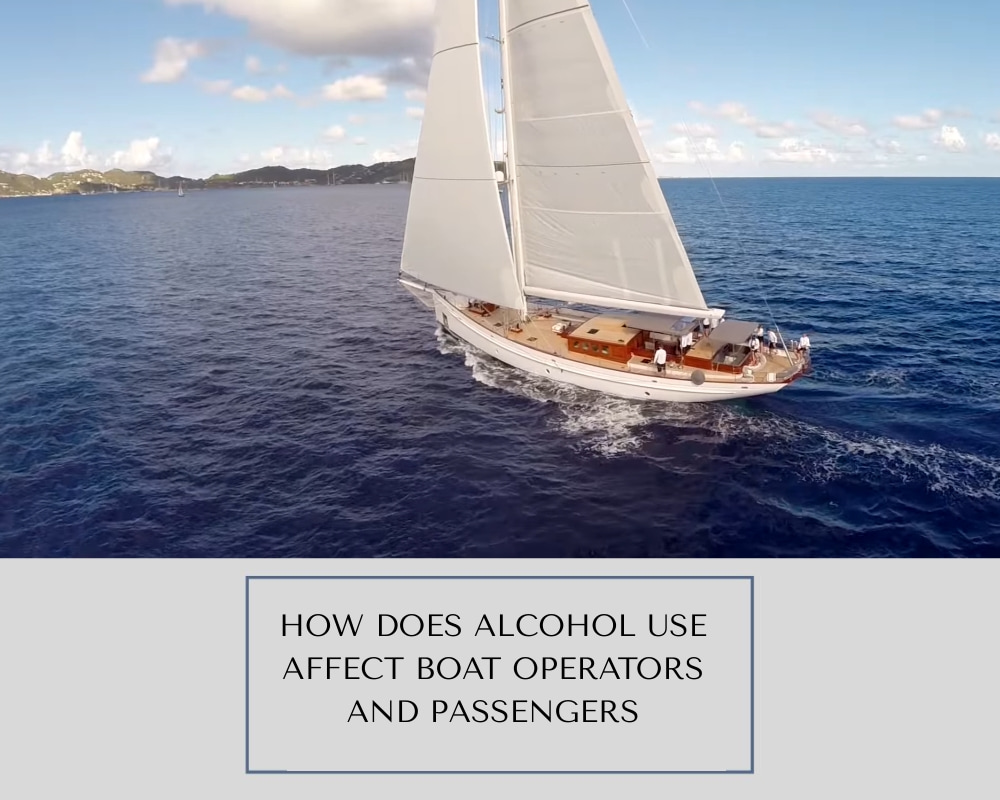Venturing into the mesmerizing world of waterborne adventures, one cannot help but be drawn to the allure of the open seas and tranquil lakes. However, amidst this captivating environment lies a critical concern often overlooked: the risk of falling overboard.
This article delves into the common causes behind such incidents, aiming to enhance your safety and awareness while enjoying your time on the water.
Now, we will talk about the most common causes of overboard falling:
Inattention
The tranquility of a boat ride can be deceptively dangerous. A primary culprit behind overboard incidents is the inattention of the boat operator. When the person at the helm becomes distracted, even for a moment, it significantly elevates the risk of accidents.
These lapses in concentration, whether due to engaging in conversations, admiring the scenery, or managing navigation equipment, can lead to unexpected movements that might cause someone to lose balance and fall overboard.
Weather
Mother Nature plays a pivotal role in maritime safety. Bad weather, particularly high winds and fierce waves, is a formidable force that can jostle a boat violently, making even sitting a risky endeavor.
Such conditions affect not only the stability of the vessel but also those aboard, increasing the likelihood of someone being swept overboard.
Intoxication
Recreational activities often involve the consumption of alcohol, but when mixed with boating, the combination becomes perilous.
Alcohol and drugs impair judgment and coordination, making individuals more prone to taking risks like standing or moving recklessly on a moving boat. The influence of these substances significantly raises the probability of overboard incidents.
Carelessness
Often, it’s the simplest acts of carelessness that lead to the most serious consequences. On smaller vessels and sailboats, standing without holding onto something stable, especially when the boat is cruising, is a recipe for disaster.
The constant motion of a boat, coupled with unforeseen waves, demands constant vigilance and adherence to safety practices to prevent falls.
Standing on a Moving Vessel
Standing on a boat in motion is perhaps one of the most underestimated hazards. This act alone has been identified as a leading cause of overboard accidents.
The dynamics of a moving boat, coupled with factors like boat speed and water conditions, create an unstable environment where a simple loss of footing can have dire consequences.
As we navigate through these risks, understanding the basics of lake boating etiquette becomes crucial. It’s not just about knowing how to steer your vessel but also about being aware of the safety norms and practices that can make a significant difference.
For an in-depth look at these practices, consider exploring Lake Boating Etiquette, a guide that sheds light on the dos and don’ts of lake boating.
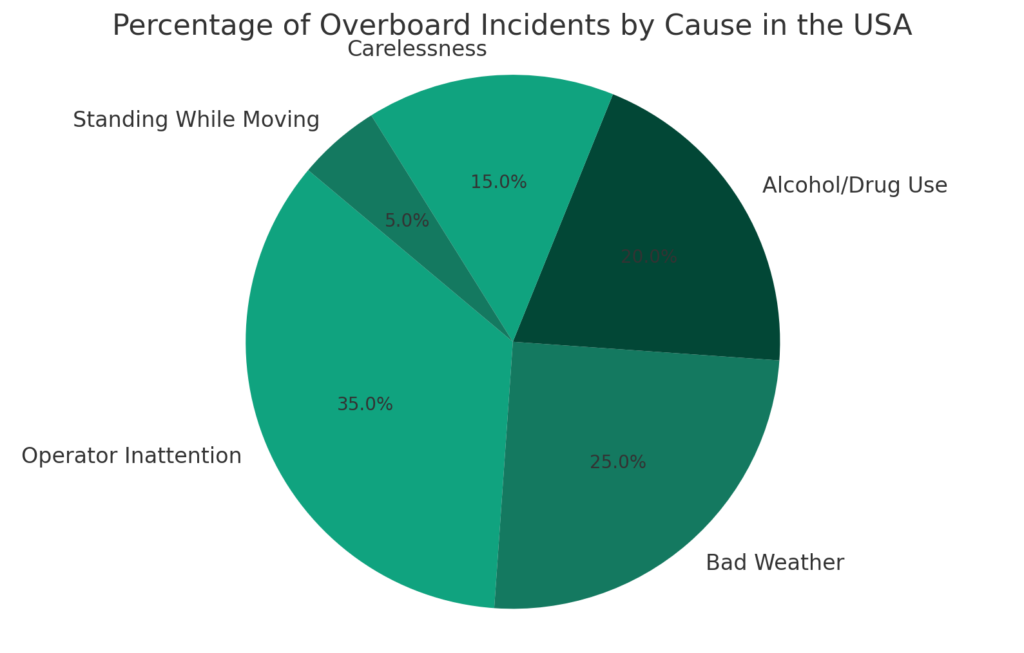
Enhancing Safety: Preventive Measures and Best Practices
Safety on water is not just about avoiding danger; it’s about being prepared for it. Let’s explore some key strategies and practices that can help prevent overboard incidents.
Embrace the Lifeline: Importance of Life Jackets
One of the most effective ways to ensure safety is the consistent use of life jackets. Regardless of swimming skills or experience on the water, wearing a life jacket significantly increases the chances of survival in case of an accidental fall. Life jackets provide buoyancy and keep an individual afloat, buying precious time for rescue efforts.
Training and Preparedness: A Lifesaver
Equipping oneself with the proper training and knowledge of boating safety can be lifesaving. This includes understanding how to handle the boat in different weather conditions, knowing the correct procedures for emergency situations, and being familiar with the safety equipment onboard. Regular safety drills and keeping emergency protocols handy can make a huge difference during critical moments.
The Role of Weather Awareness
Before setting sail, checking weather forecasts is crucial. Avoiding trips during bad weather or being prepared for sudden changes in weather can greatly reduce the risk of overboard incidents. Understanding how to navigate and control the boat in rough conditions is also essential for the safety of everyone onboard.
Mindfulness and Responsibility: The Key to Safe Boating
Boaters must always remain vigilant and mindful of their surroundings. This includes being aware of other vessels, obstacles in the water, and the overall condition of the boat. A responsible approach to boating, including abstaining from alcohol while operating the boat, can significantly reduce the risk of accidents.
Safety Gear and Equipment: Essential for Emergencies
Equipping the boat with the necessary safety gear is imperative. This includes items like throwable flotation devices, a well-stocked first aid kit, fire extinguishers, and communication equipment. Regular maintenance of this equipment ensures it’s ready to use when needed.
In addition to these general safety practices, specific activities like fishing have their own set of guidelines and etiquette to follow. For anglers looking to combine safety with their passion for fishing, “How Should You Pass a Fishing Boat?” offers valuable insights into navigating around fishing boats safely and responsibly.
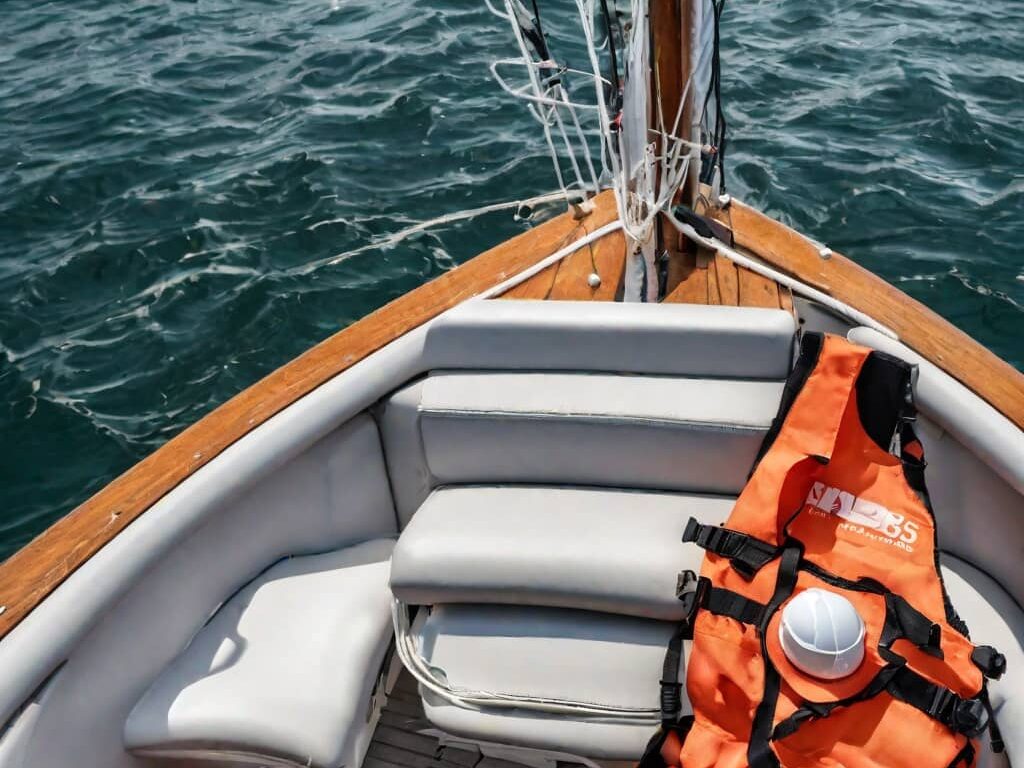
The Impact of Boat Design and Size on Safety
Understanding the dynamics of different boat types is key to preventing overboard incidents. The design and size of a boat influence its stability and handling, which in turn affect safety on board.
Small Boats and Personal Watercraft
Smaller boats and personal watercraft, like kayaks or jet skis, are more susceptible to capsizing and tipping over. Their close proximity to the water’s surface and lighter weight make them more vulnerable to waves and sudden movements. Users of these crafts should be particularly cautious about their movements and aware of water conditions.
Pontoon Boats: Stability and Risks
Pontoon boats are known for their stability due to their flat decks and hollow tubes. However, this doesn’t completely eliminate the risk of falling overboard. The open design of these boats can lead to a false sense of security. It’s important for occupants to remain seated and avoid standing, especially when the boat is in motion. For more information on pontoon boats, including their speed capabilities, check out “How Fast Can a Pontoon Boat Go?”, an informative article that gives insights into the performance of these popular vessels.
Large Vessels and Sailboats
Larger vessels and sailboats offer more stability but also come with their unique challenges. The higher decks increase the risk of a serious injury if someone falls overboard. Moreover, the complexity of these boats requires a thorough understanding of their operation and safety protocols.
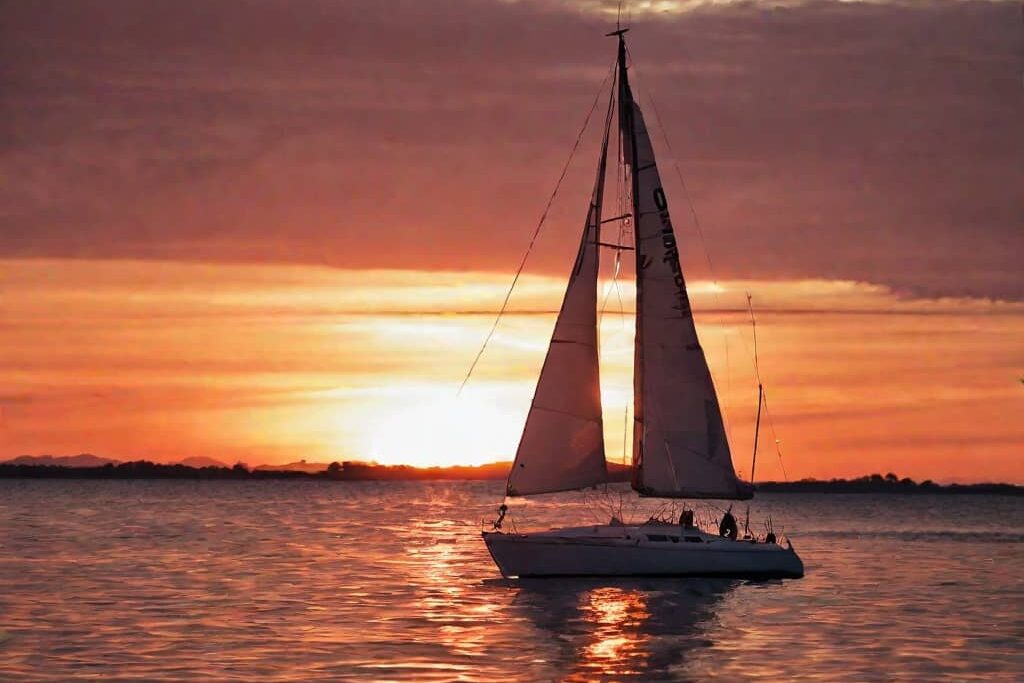
Understanding Boating Laws and Regulations
Safety on the water is not only a matter of good practice but also of legal compliance. Different regions have specific laws and regulations regarding boating safety, which can include mandatory safety gear, operating licenses, and rules about alcohol consumption on boats.
Licensing and Boater Education
Many areas require a boating license or completion of a boater education course. These courses cover essential aspects of boating safety, navigation rules, and emergency procedures. They are instrumental in preparing individuals for safe and responsible boating.
Alcohol Laws and Boating
While enjoying a day on the water, it’s crucial to be mindful of local laws regarding alcohol consumption. In many places, operating a boat under the influence is illegal and carries severe penalties, similar to driving a vehicle. The risks associated with alcohol consumption on the water are significant, as it impairs judgment and reaction time, increasing the likelihood of accidents.
Safety Equipment Requirements
Legal requirements for safety equipment vary depending on the type and size of the boat. Commonly required items include life jackets for all passengers, fire extinguishers, and distress signals. It’s vital for boaters to familiarize themselves with these requirements and ensure their vessel is compliant.
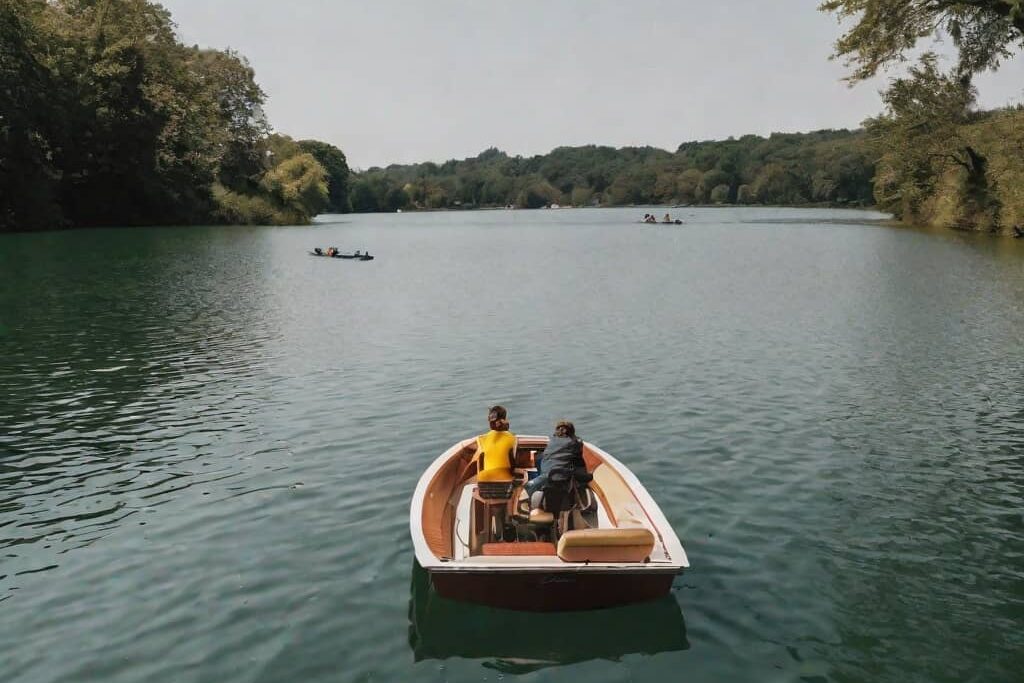
Emergency Response: Preparation and Action
In the unfortunate event of an overboard incident, the immediate response can be the difference between life and death. Quick and effective action, coupled with prior preparation, is key.
Man Overboard Procedures
Establishing and practicing a man-overboard procedure is critical. This includes assigning roles to each passenger, understanding how to quickly turn the boat around, and having a plan for retrieving the person in the water.
First Aid and Rescue Techniques
Knowing basic first aid and rescue techniques is invaluable. This can include CPR, treatment for hypothermia, and methods for safely pulling someone back onto the boat. Having a well-equipped first aid kit and knowing how to use it is essential.
Communication and Coordination
In an emergency, being able to communicate effectively with passengers and external rescue services is crucial. This involves having a working communication system on board and knowing the local distress frequencies or channels.
Conclusion
In conclusion, understanding and addressing the primary causes of overboard incidents is crucial for ensuring safety on the water.
From the distractions of operator inattention and the unpredictability of bad weather to the risks associated with alcohol and drug use and the dangers of carelessness and standing while moving, each factor plays a significant role in maritime safety.
By integrating preventive measures, adhering to boating laws, and fostering a culture of safety, we can significantly reduce these risks.
Whether you’re an experienced sailor or a casual boater, staying informed, vigilant, and prepared is the key to enjoying the wonders of the water world while keeping yourself and others safe.
Let’s embrace the spirit of adventure that the water offers with a strong commitment to safety and responsibility.
